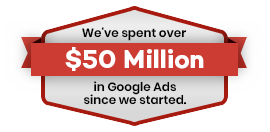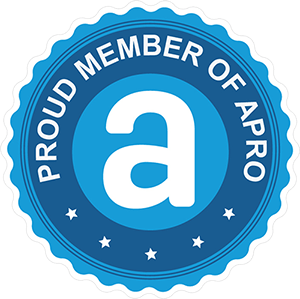
Marketing isn’t possible without communication and you can’t communicate without a message. The message you pass across is the content you deliver. Equally said, the content you deliver is the message you pass across. So how do you ensure your content or marketing messages are effective? Let us look at components of effective content:
1. It Is Focused On The Prospect
Many businesses spend a lot of time and money telling their prospects about themselves. While an introduction is very important, your prospects are not that interested in who you are until they know what’s in it for them. Therefore, it is important that your marketing messages and content as a whole are focused on your prospect. Even when you talk about your company, it should be in light of your prospect. For example, “Our business is focused on ensuring that you get the best hosting at the lowest price possible.” Yes, you have talked about your business- but in light of how it benefits your prospects.
For your content to engage your prospect, they must find what’s in it for them as quickly as possible. Don’t focus on features. They are of interest to your business and partners. Focus on benefits delivered by those features. That will interest your prospects. They won’t make a positive decision based on a features list, but on a benefits list. To focus on your prospect you need to understand the way he/she thinks. You need to understand his/her fears, prejudices, interests and turn-offs. Therefore, it is very important that you research your target prospect and have the right profile in mind as you prepare your content.
2. It Meets The Prospect’s Desire
Effective content meets the prospect’s desire. You make the deepest connection with a prospect when your message is reaching out to their core desire (even if they don’t know it). And don’t get it wrong. Desire is deeper than what a person needs. It is even more than what they want. This example should put it in perspective:
A man needs an automobile because it will help him get to his destination faster and without many hassles. That’s a need. Any vehicle will meet that need. However, if your marketing messages focus on that then they won’t reach anybody in particular. If any vehicle will meet the need then you don’t have a target prospect yet. You’ve NOT found what they really want.
However, what if we dig a little deeper and discover that our target prospect is male, in his late twenties and has just made a killing with his internet business? What if we discover that most of the folks in his circle prefer sleek sports cars? Then we are getting closer to what he really wants. Our content will appeal more to him if we talk about sports cars instead of any vehicle.
The point here is that your marketing message gets to the core. That will resonate with him and make him most likely to deliver your most wanted response — Making a purchase!
3. It Meets The Prospect Where He/She Is
If you’ve done a good job of profiling your ideal prospect, you need to find out where they are at any given point in time. By “where they are” I am NOT referring to a physical location rather the stage of the buying circle they are in. It is good to understand this to make your content have more impact.
So what are the different stages in the buying circle? There are different theories ,but you’ll discover that they all boil down to these five stages (Some opinions compress the stages to three):
a. Need Has Been Identified
When a need or desire is recognized or identified. Your ideal profile (in our car example) has just “discovered” that they need something “special” that will confer on them a level of respect they are NOT currently getting (Whether this is true or NOT isn’t as important as the fact that this is what is going on in their mind).
b. Solutions Are Explored
The need has risen to a point where this prospect now actively seeks a solution or solutions. Because this person has NOT found a perfect solution he or she is open to suggestions. Due considerations will be given to possible options. This leads to research. So this is also referred to as the research stage.
c. Options Are Evaluated
A prospect at this stage has drawn a list of solutions that should solve his or her problem. Such a prospect is now more interested in specifics. Why and how a product will meet that need is very important to such a person at this point. Whoever gives specifics that are to the point gets the nod.
d. Purchase Is Made
This prospect has done his or her research, short-listed possible options and evaluated them. His or her mind is made up. They have chosen what to buy. This is when a business makes the sale.
e. Purchase Is Evaluated
This is the point where people experience what is known as buyer’s remorse. This is also the point where people suddenly realize what a great purchase decision they made. Content for people at this stage must be reassuring.
NOTE: You can pin-point what stage your readers are in by paying attention to the search phrases you are writing for. If you already have a page up, you can check your log to find out how they are finding you.
4. It Gets A Predefined Response From That Prospect
There is something teachers are expected to do before outlining their lesson: It is called lesson objective. The teacher starts:
“At the end of this lesson, the student should be able to dash dash dash.”
Before you start writing or preparing any other form of content, you need to define what you want to achieve with it. And since your message shouldn’t be about you, but about your prospect, you should define what you expect him or her to do or be able to do at the end of their interaction with your content. Do you want them to make a purchase? Then your message must be tailored to achieve that purpose.
Why should you do this before you start? It helps you maintain your focus throughout the development of your content. Believe it or NOT, stray thoughts (brilliant ones for that matter) that do NOT help the achievement of that goal will often make incursions. Predefining what you intend to achieve helps you stay on course.








